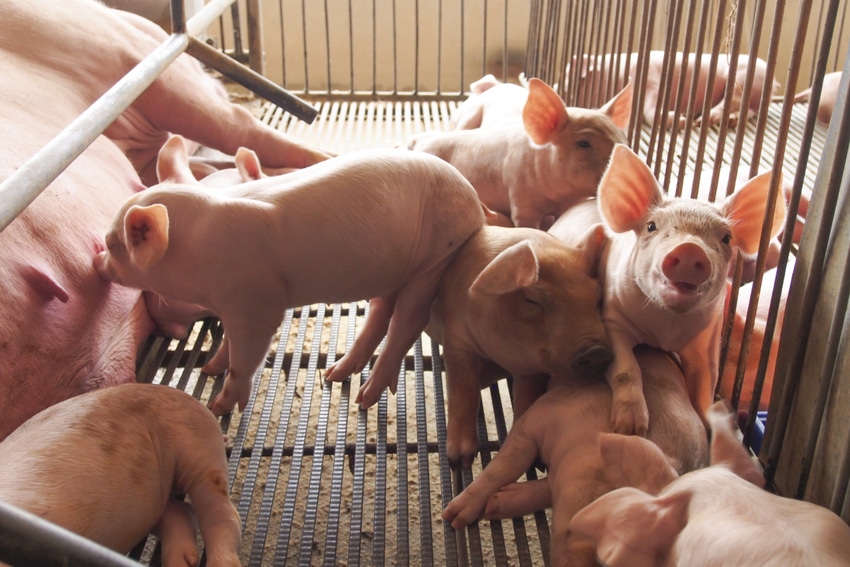Cross-discipline research with economic sensitivities needed to answer important questions in sow management.

In discussing pork production efficiencies, Dr. Steve Kitt with First Choice Livestock LLC asked, "If we only had the answer, could we move ahead?" Kitt spoke during the Gary Allee symposium held at the Midwest meetings of the American Society of Animal Science and American Dairy Science Assn. in Omaha, Neb.
He used his presentation to highlight a few thoughts on production efficiency gaps and metrics.
Foremost, he said execution of swine nutrition is key and asked if genetic progress is outpacing research on nutrient requirements.
Focusing on livability effects, Kitt said the industry has become "enamored" with pigs per sow per year as an important metric, but he pointed to research suggesting that finishing mortality is a larger driver of profitability.
Kitt said there is a need for cross-discipline research that, for instance, focuses on the role of mycotoxins as a contributor to inefficiency or collaborations with agricultural engineers on ventilation research.
The goal of research in a commercial production setting is to keep the research focused on business needs, said Dr. Ashley DeDecker, director of production research at Smithfield Foods.
She said research ideas need to translate into short-term and long-term priorities, and important questions are rarely answered in one trial; several trials may be required to develop a full understanding of a topic.
DeDecker emphasized that an important consideration in commercial research is to quantify the return on investment (ROI) for a new product or concept and to apply economic sensitivities to research findings. She said not enough graduate research programs include ROI calculations.
In the final presentation to the Allee symposium, Dr. Laura Greiner with Iowa State University returned to the topic of livability, noting the high mortality in pig production: 30% of pigs will not go to market, and 20% of pigs do not survive until weaning.
Greiner said as litter sizes get larger, more pigs are born smaller, and mortality increases as pig size goes down.
She added that another concern with small-sized piglets and larger litters is the phenomenon of intrauterine growth retardation (IUGR), which is characterized by piglets with dome-shaped heads and wrinkled noses. Greiner explained that these traits are due to nutrient deprivation during development that also leads to compromised temperature regulation, nutrient uptake, physical structure and growth. IUGR piglets also have microbiota differences.
A key research area Greiner noted is the influence of the dam (i.e., sow) on the immune function and microbiome of its offspring, which connects back to livability.
About the Author(s)
You May Also Like



